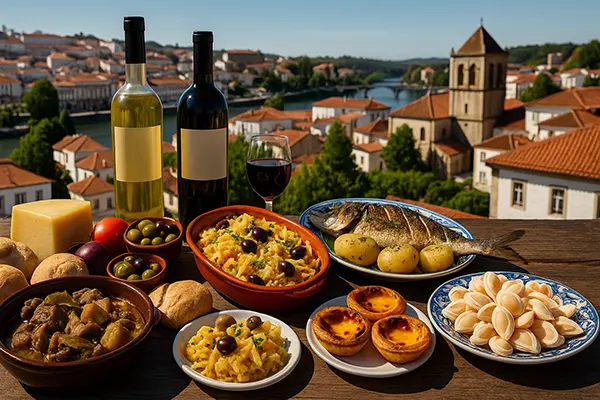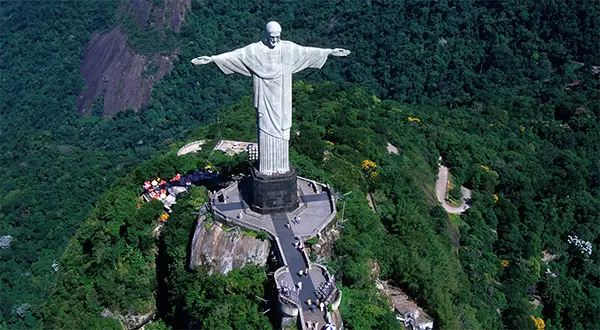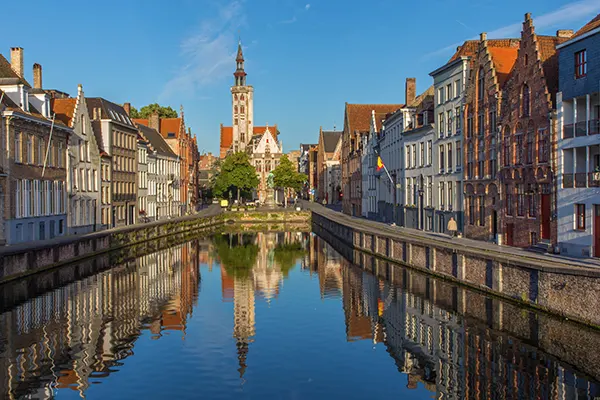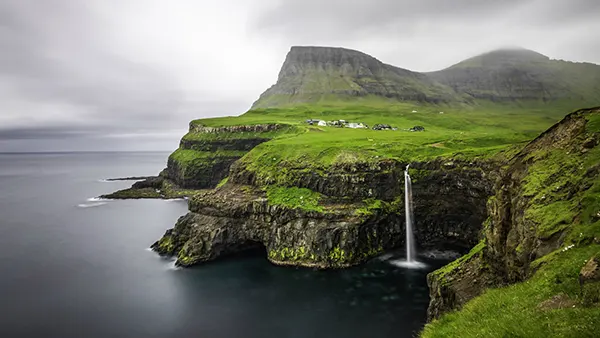
Iceland: How the Country Turned Natural Wonders into a Thriving Tourism Business
Iceland, once known for its isolation and harsh climate, has become a global model of sustainable tourism. Despite limited resources, the nation transformed its natural assets into a profitable business sector that combines environmental care, innovation, and smart digital promotion. Its development strategy echoes the entrepreneurial vision promoted by https://startuprally.org/ where creativity and sustainability form the foundation of successful business models.
Transforming Nature into Economic Value
Iceland’s tourism boom began with reimagining its geothermal and glacial landscapes as economic opportunities. The Blue Lagoon, initially a local spa near a power plant, evolved into a luxury wellness centre visited by hundreds of thousands annually. It now represents how Iceland turns sustainability into profit without damaging its fragile ecosystems.
Beyond hot springs, glacier hikes and lava tours attract travellers seeking authenticity. Operators strictly follow ecological standards, working with environmental agencies to protect the landscape. This collaboration allows Iceland to maintain its natural beauty while generating steady revenue.
Tourism contributes over one-third of Iceland’s export income, supporting nearly 30,000 jobs. The focus has shifted from mass arrivals to quality experiences that enhance the local economy and preserve nature.
Geothermal Innovation and Green Energy
Iceland’s clean energy is central to its tourism identity. With almost all electricity coming from geothermal and hydro sources, travellers experience sustainable living firsthand. Visitors bathe in naturally heated pools and explore areas powered entirely by renewable energy.
Entrepreneurs use this advantage creatively. Eco-lodges with geothermal systems and carbon-neutral tours have become popular among sustainability-minded travellers. These ventures build trust and attract higher-value visitors, aligning profit with responsibility.
This model mirrors the “Startuprally” philosophy — forming a strong USP by scaling resources intelligently, innovating within limits, and protecting what makes Iceland unique.
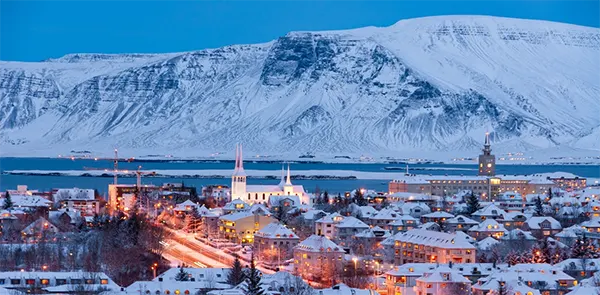
Digital Branding and Storytelling
Iceland’s digital strategy is as powerful as its natural appeal. Local businesses and the tourism board rely on AI-generated campaigns and user content to reach global audiences. Instead of traditional ads, authentic social media stories — from northern lights chases to volcanic hikes — drive engagement and curiosity.
Short-form video on TikTok plays a key role. Guides and residents share glimpses of real life, strengthening Iceland’s reputation as genuine and approachable. The mix of human storytelling and technology keeps interest high without massive advertising budgets.
AI tools help small operators target niche markets worldwide, creating personalised travel recommendations and promoting lesser-known regions. The result is balanced growth and reduced pressure on popular spots.
Innovation and the Future of Sustainable Tourism
Tourism in Iceland now prioritises innovation over expansion. Startups develop smart tools to monitor visitor flow, prevent overcrowding, and protect nature. Mobile apps show real-time park data, while AI suggests quieter alternatives, ensuring both comfort and conservation.
The country’s economic strategy focuses on value rather than volume. By 2025, Iceland aims to maintain stable visitor numbers while increasing per-visitor spending through premium, eco-friendly experiences. This approach supports the circular economy and strengthens community-based enterprises.
Iceland proves that tourism can thrive without exploiting nature. By combining clean energy, digital innovation, and responsible business, it continues to redefine how small nations can turn natural heritage into long-term prosperity.


